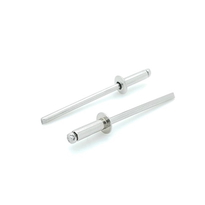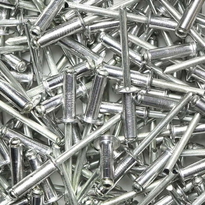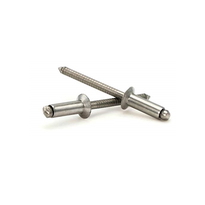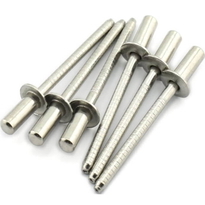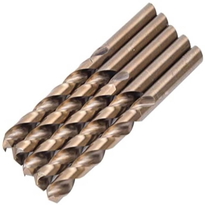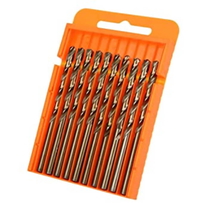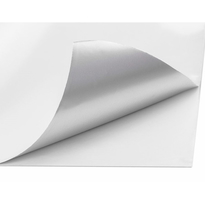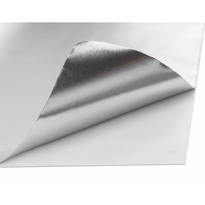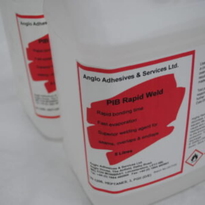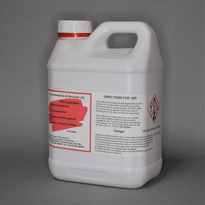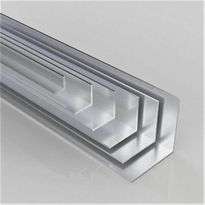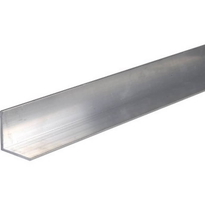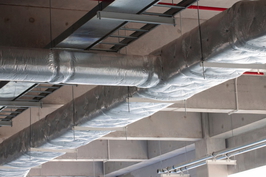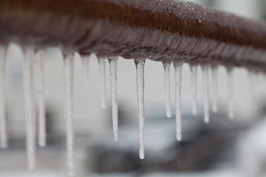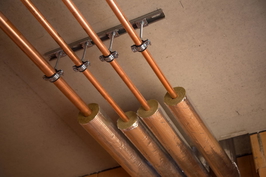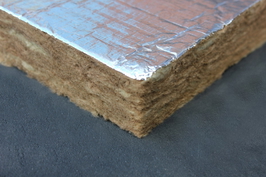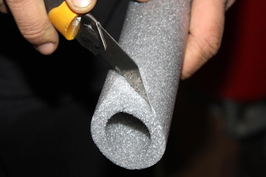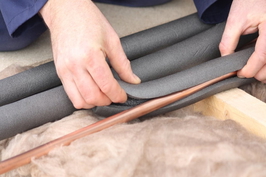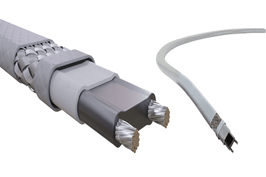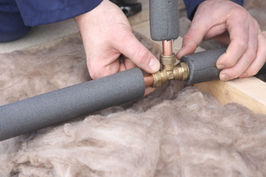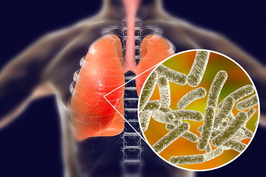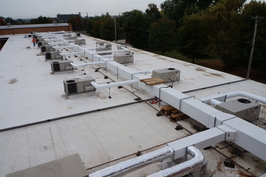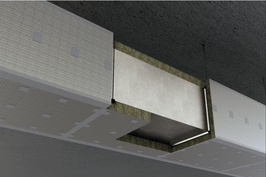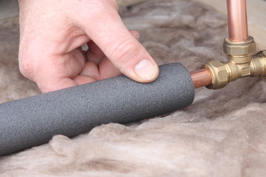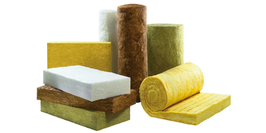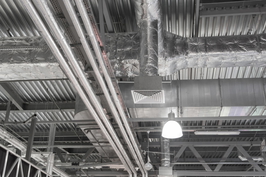Pipe Insulation Cladding Materials
Cladding materials for pipe insulation include aluminium, steel, PVC, stainless steel, and polyethylene, with each chosen based on environmental exposure, durability, and cost considerations. These materials serve to protect the insulation from physical damage, moisture, ultraviolet (UV) rays, and chemicals, thereby extending the lifespan of the system.
Proper installation of cladding materials is essential to ensure a secure fit and effective sealing. This not only enhances the thermal efficiency of the insulation but also improves its durability over time.
For those seeking a comprehensive understanding of suitable cladding options, further details will clarify how to select the most appropriate materials for different applications, ensuring optimal performance and longevity in a range of environments.
Overview of Cladding Materials for Pipe Insulation
Cladding materials for pipe insulation act as protective outer layers that enhance the durability, safety, and visual appeal of insulated piping systems. These materials play a vital role in shielding pipes from physical damage, moisture ingress, ultraviolet (UV) rays, and chemical exposure, thereby extending the lifespan of both the insulation and the underlying pipework. Cladding refers to the external or outer skin of a setup, including pipe insulation coverings, which provides an additional barrier against environmental elements. Common cladding options include aluminium, renowned for its weather resistance and lightweight properties; galvanized steel, which offers excellent mechanical protection and corrosion resistance; PVC or plastic cladding, known for its lightweight nature and moisture resistance; stainless steel, ideal for environments subject to corrosion or chemical attack; and polyethylene, typically used in flexible or low-pressure applications. Choosing the appropriate cladding material depends on the environmental conditions and specific requirements of the application. Proper installation is crucial and involves secure fitting, effective sealing, and customization for bends or fittings. This ensures optimal protection and maintains the integrity of the piping system over time. Ensuring compatibility with the pipe materials and insulation type is essential for long-term performance.
Material Choices for Specific Insulation Needs
Selecting the appropriate material for pipe insulation depends largely on the specific thermal, moisture, durability, cost, and application requirements of the system. Different materials offer distinct advantages that can complement the performance of insulation accessories like foils, tapes, and bands, ensuring a comprehensive insulation solution. For instance, Is over Climpipe fibreglass insulation provides fire resistance along with excellent thermal and acoustic properties, making it suitable for various applications. Foam pipe insulations, such as polyurethane and polyethylene, are lightweight, easy to install, and offer high thermal efficiency; polyurethane insulation, in particular, achieves high thermal R-values, making it suitable for industrial and HVAC uses. Polyethylene foam is also recyclable and resists water absorption, making it ideal for cold water pipes. Mineral wool offers decent thermal insulation but may be less resistant to moisture. These material choices aim to balance performance and cost, ensuring the insulation system meets the specific demands of different environments and functions. Additionally, selecting materials with high durability helps maintain insulation integrity over time in outdoor or harsh conditions.
Environmental and Sustainability Factors in Cladding Materials
Environmental and sustainability considerations are crucial when selecting cladding materials for pipe insulation, as these choices have a direct impact on energy efficiency, waste management, and environmental health.
Opting for materials such as fiberglass and mineral wool, which feature established recycling programs, can significantly reduce environmental impacts by lowering reliance on virgin resources and diverting waste from landfills through recycling initiatives.
Choosing insulation with high recycled content further enhances sustainability, while selecting materials designed for end-of-life reuse or recyclability helps minimize long-term environmental footprints.
Additionally, using durable insulation reduces the frequency of replacements, thereby conserving resources over time.
Incorporating materials like IndiNature's hemp-based insulation is aligned with sustainable practices, as they are made from renewable UK crops and involve regional sourcing to lower carbon emissions, carbon capture, and environmental benefits.
Ensuring compliance with relevant standards and guidelines promotes responsible installation practices, assisting organizations in meeting environmental targets, reducing emissions, and supporting broader sustainability objectives.
Performance Metrics and Installation Considerations
Assessing the performance of pipe insulation systems requires a clear understanding of essential metrics such as thermal resistance and conductivity, which directly influence the effectiveness of insulation in reducing heat transfer and conserving energy. Higher K-values indicate better resistance to heat flow, while lower thermal conductivity (lambda values) reflects superior thermal efficiency. The selection of appropriate insulation materials also impacts the overall performance, especially in challenging environments. Proper installation is vital; this includes sealing seams and overlaps to ensure continuous insulation protection. Moisture resistance plays a crucial role, as water absorption can significantly degrade insulation performance. Closed-cell materials offer better longevity by resisting water ingress and reducing the risk of moisture-related issues. Regular inspections of cladding and vapor barriers are necessary to prevent problems such as corrosion under insulation (CUI). When selecting materials, it is important to consider environmental exposure and operational demands to optimize durability and minimize maintenance requirements.
The table below summarizes key performance criteria for effective insulation and cladding systems.
Metric |
Significance |
| U-Value | The rate of heat transfer through the insulation; lower values indicate better insulation performance |
| K-Value | Thermal conductivity of the material; lower values denote better thermal resistance |
| Thermal Resistance (R-Value) | Resistance to heat flow; higher values provide better insulation |
| Moisture Resistance | Ability to prevent water ingress, thereby maintaining insulation efficacy |
| Durability | It ensures the longevity of the system under operational conditions |
| Maintenance Requirements | Influences the long-term reliability and ease of upkeep |
Conclusion
Choosing appropriate cladding materials for pipe insulation requires careful consideration of material properties, environmental impact, and installation requirements. Selecting the right material enhances insulation performance, durability, and sustainability. An informed decision should balance thermal efficiency, cost, and long-term reliability, ensuring compliance with safety standards and operational needs.
By understanding these factors, professionals can optimise pipe insulation systems, reducing energy loss and maintenance expenses while supporting environmentally responsible practices.





